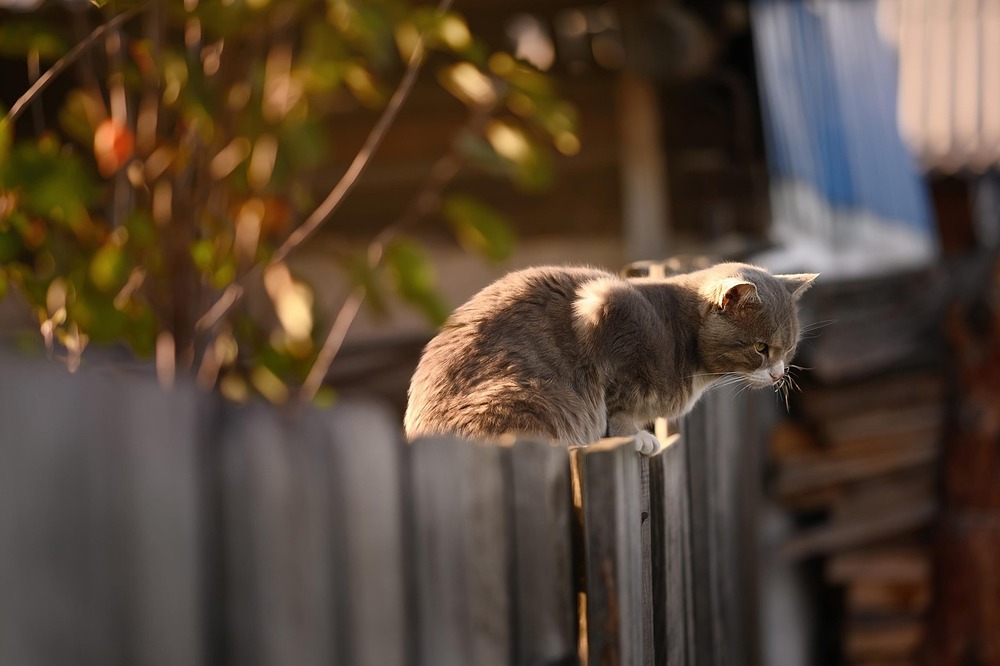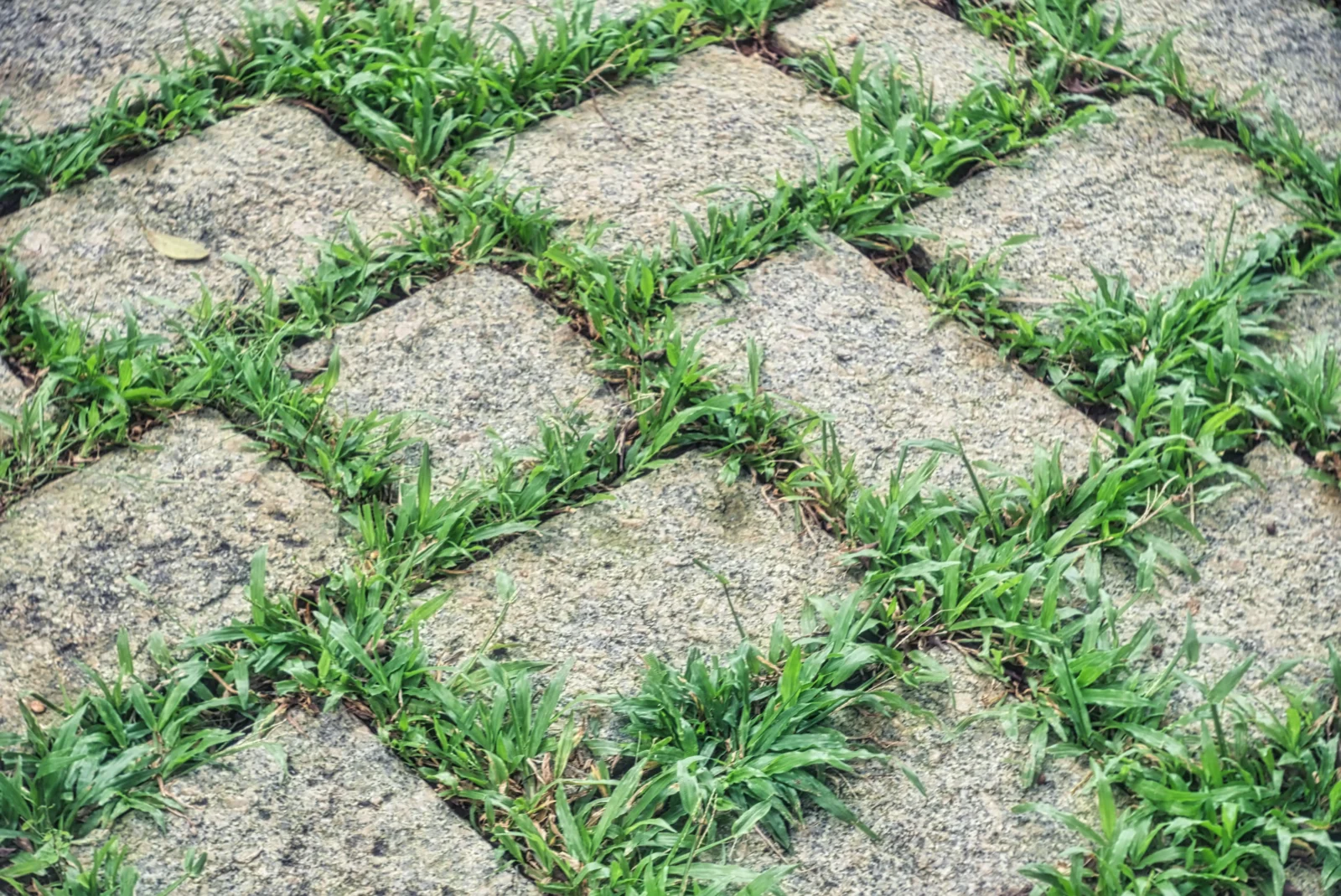- Home
- Articles
- Architectural Portfolio
- Architectral Presentation
- Inspirational Stories
- Architecture News
- Visualization
- BIM Industry
- Facade Design
- Parametric Design
- Career
- Landscape Architecture
- Construction
- Artificial Intelligence
- Sketching
- Design Softwares
- Diagrams
- Writing
- Architectural Tips
- Sustainability
- Courses
- Concept
- Technology
- History & Heritage
- Future of Architecture
- Guides & How-To
- Art & Culture
- Projects
- Interior Design
- Competitions
- Jobs
- Store
- Tools
- More
- Home
- Articles
- Architectural Portfolio
- Architectral Presentation
- Inspirational Stories
- Architecture News
- Visualization
- BIM Industry
- Facade Design
- Parametric Design
- Career
- Landscape Architecture
- Construction
- Artificial Intelligence
- Sketching
- Design Softwares
- Diagrams
- Writing
- Architectural Tips
- Sustainability
- Courses
- Concept
- Technology
- History & Heritage
- Future of Architecture
- Guides & How-To
- Art & Culture
- Projects
- Interior Design
- Competitions
- Jobs
- Store
- Tools
- More
How to Design a Japanese Garden for Tranquility and Mindfulness in Your Backyard
Transform your outdoor space into a serene Japanese garden with our comprehensive guide! Discover the essential elements of harmony and balance, including plant selection, water features, and meaningful pathways. Learn about the rich history and principles of Japanese garden design, from Zen gardens to tea gardens, and how cultural symbols can enhance your sanctuary.

Creating a Japanese garden is like crafting a serene retreat that invites tranquility and mindfulness into our lives. These gardens, rooted in centuries of tradition, blend natural elements with artistic design to evoke harmony and balance. Whether we have a spacious backyard or a cozy balcony, we can transform any space into a peaceful oasis.
In this article, we’ll explore the essential elements of designing a Japanese garden, from selecting the right plants to incorporating water features and stones. With a focus on simplicity and natural beauty, we’ll guide you through the process of creating a space that not only reflects Japanese aesthetics but also serves as a personal sanctuary. Let’s embark on this journey together and discover how to bring the essence of Japan into our outdoor spaces.

Table of Contents
ToggleUnderstanding Japanese Garden Design
Japanese garden design reflects a deep cultural heritage, emphasizing simplicity and natural beauty. These gardens create serene environments that encourage reflection and mindfulness through careful composition.

Historical Background
Japanese gardens trace their origins to ancient China, evolving over centuries to include native customs and philosophies. Developed during the Heian period (794-1185), Japanese gardens initially served as symbols of power for aristocrats. The Zen Buddhist influence in the Kamakura period (1185-1333) introduced minimalist designs, focusing on meditation and spiritual clarity. As aesthetics continued to evolve, the Edo period (1603-1868) fostered diverse styles, blending ornamental and functional elements that persist in modern designs.
Key Principles of Design
Japanese garden design adheres to several key principles that define its aesthetic and functionality:
- Asymmetry: Designs avoid symmetry, creating a sense of naturalness and allowing for visual interest.
- Balance: Elements harmonize through proportion and distribution, ensuring that no single feature dominates the space.
- Natural Elements: Rocks, water, and plants form the foundation, representing landscapes and natural beauty, emphasizing the connection between humans and nature.
- Simplicity: Minimalism leads to a sense of tranquility, with clean lines and uncluttered spaces enhancing mental clarity.
- Seasonal Variation: Garden designs incorporate seasonal changes, inviting interest throughout the year with various blooming plants and shifting landscapes.
These principles work together to create a cohesive and calming environment that resonates with the tranquility characteristic of traditional Japanese gardens.
Elements of a Japanese Garden
Japanese gardens incorporate several fundamental elements that work together to create a harmonious landscape centered on tranquility and natural beauty.

Water Features
Water features play a pivotal role in Japanese gardens, symbolizing purity and tranquility. Common elements include ponds, streams, and waterfalls. Ponds often serve as reflective surfaces that enhance the garden’s serenity. Bamboo water spouts, known as shishi-odoshi, provide gentle sounds of flowing water, adding to the calming atmosphere. We can position these features in a way that they become focal points while maintaining a natural flow throughout the space.
Plant Selection
Plant selection forms the backbone of any Japanese garden, emphasizing the importance of native species and seasonal variety. Common plants include cherry blossoms, maples, and evergreens, chosen for their aesthetic appeal across different seasons. Grasses and moss also enhance the garden’s texture. We prioritize simplicity and natural arrangements, avoiding clutter to promote a sense of peace. Creating a balance between flowering plants and evergreen foliage ensures that the garden remains visually appealing year-round.
Pathways and Bridges
Pathways and bridges serve as essential components, guiding visitors through the garden. We often use natural materials like stone or gravel for pathways, emphasizing connection with nature. Curved paths create a sense of discovery, inviting exploration. Bridges, typically made of wood or stone, can span over water features, enhancing the garden’s charm while signifying a transition from one space to another. Proper placement and design of these elements contribute to the overall flow and harmony of the garden.
Designing Different Types of Japanese Gardens
We can create various types of Japanese gardens, each offering distinct characteristics and purposes. These gardens reflect different aspects of Japanese culture and philosophy, providing unique experiences.

Zen Gardens
Zen gardens, or karesansui, emphasize simplicity and contemplation. They feature gravel or sand raked into patterns to symbolize water. Rocks represent mountains or islands, while minimal plant life enhances the tranquil atmosphere. Key elements include:
- Gravel or Sand: Often creates wavy patterns that emulate water ripples.
- Rocks: Symbolic representations that define space and draw the eye.
- Sparse Vegetation: Carefully chosen plants like moss or dwarf shrubs support a minimalist design.
These gardens encourage mindfulness and meditation, emphasizing the beauty of empty space.
Tea Gardens
Tea gardens focus on the traditional tea ceremony, offering a welcoming atmosphere. They often incorporate practical pathways leading to a tea house, enhancing the overall experience. Important components include:
- Pathways: Natural stone or gravel pathways guide visitors and create a sense of journey.
- Seating Areas: Benches or stones provide places for rest and reflection.
- Flora: Plants like camellias and maples are selected for seasonal beauty.
These gardens inspire a connection to nature, serving as tranquil settings for tea appreciation.
Strolling Gardens
Strolling gardens, or shakkei, integrate borrowed scenery from the surrounding landscape. Visitors experience a gradual unveiling of beauty as they walk through the garden. Key features include:
- Meandering Pathways: Curved paths encourage exploration and create a sense of discovery.
- Water Features: Ponds, streams, and waterfalls enhance the sensory experience and attract wildlife.
- Seasonal Flourishes: Flowering trees and shrubs provide visual interest throughout the year.
These gardens create an immersive experience, harmonizing with their natural surroundings to evoke feelings of serenity and joy.
Tips for Creating Your Own Japanese Garden
Designing a Japanese garden involves careful consideration of location and cultural elements to establish the desired ambiance. Here are key aspects to focus on.

Choosing the Right Location
Selecting the correct site influences the garden’s overall atmosphere. We recommend choosing an area that receives a mix of sunlight and shade, promoting diverse plant growth. Look for flat or gently sloping ground to facilitate drainage and prevent water accumulation. Ensure accessibility to your garden for maintenance and enjoyment, incorporating pathways that guide visitors through the space. Additionally, consider the view from within the garden, framing natural elements like trees or hills to enhance serene perspectives.
Incorporating Cultural Elements
Integrating cultural symbols deepens the garden’s significance and fosters a sense of place. We can include lanterns, such as stone or bamboo, to evoke nighttime serenity. We can add a teahouse, allowing for traditional tea ceremonies amidst the natural surroundings. Graveled areas can serve aesthetic purposes while representing the Zen philosophy of simplicity. Bamboo fencing creates boundaries that subtly differentiate spaces within the garden. Moreover, utilizing seasonal plants, like cherry blossoms in spring or maples in autumn, connects us with the changing beauty of nature, enhancing the cultural narrative of our design.
Conclusion
Creating a Japanese garden involves careful consideration of several essential components that embody tranquility, balance, and beauty. We emphasize the importance of selecting plants that reflect the seasonal changes while enhancing the overall aesthetic. Various water features—such as ponds, streams, and waterfalls—play a crucial role in symbolizing purity and connectivity to nature.
Pathways and bridges guide visitors through the garden, inviting a deeper exploration of the serene space. Each garden type—Zen gardens, tea gardens, and strolling gardens—offers unique attributes that cater to different aspects of Japanese culture, enriching the experience of mindfulness and appreciation for nature.
Practical tips for site selection and incorporating cultural elements enhance the garden’s significance. By focusing on sunlight, shade, and drainage, we establish a nurturing environment. Integrating symbols like lanterns and teahouses deepens the cultural narrative. Ultimately, our aim remains to create a personal sanctuary that resonates with the principles of Japanese aesthetics, inviting peace and reflection in our own outdoor spaces.
- Asian inspired garden
- backyard Japanese garden
- backyard retreat ideas
- backyard Zen garden ideas
- creating a peaceful garden
- DIY Japanese garden
- garden design for relaxation
- Japanese aesthetics in gardening
- Japanese garden architecture
- Japanese garden design
- Japanese garden landscaping
- Japanese garden plants
- mindful gardening tips
- mindfulness garden design
- minimalist garden design
- serene garden design ideas
- small Japanese garden ideas
- tranquil backyard designs
- tranquil garden ideas
- Zen garden for home
Submit your architectural projects
Follow these steps for submission your project. Submission FormLatest Posts
Top Tips for a Healthy and Beautiful Backyard
A thriving backyard creates space for relaxation, gatherings, and moments of quiet...
Transform Your Garden with Artificial Turf Austin Solutions
Transforming your garden with artificial turf can be a game-changer, especially if...
What You Really Need to Create a Beautiful Yard
A beautiful yard is more than just an outdoor space, it’s a...
How to Choose the Right LED Grow Light for Your Indoor Garden
For indoor growers, it can be the difference between healthy, vibrant plants...












Leave a comment